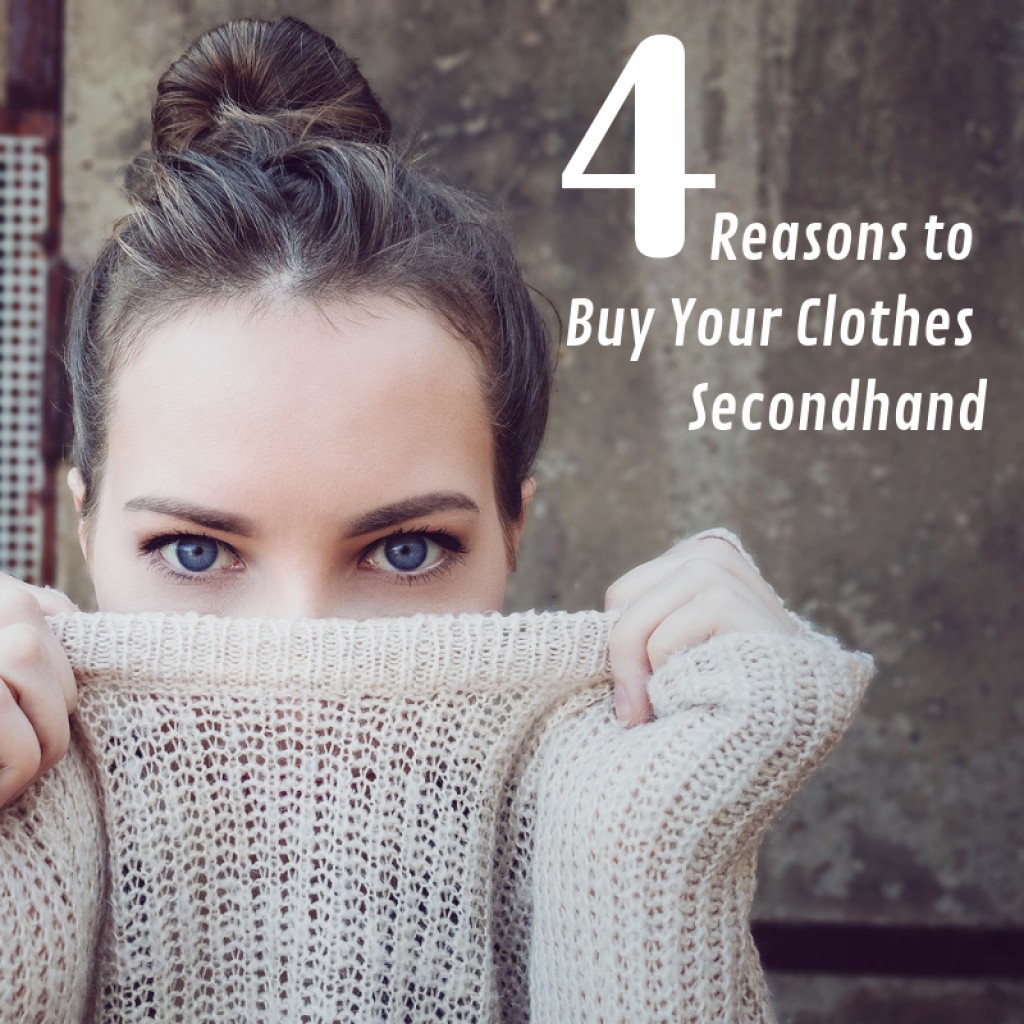1. Reduces Your Environmental Impact
Reduces your environmental impact. Doesn't promote exploitative work conditions. Saves you hundreds of dollars. Your unique vintage style looks more authentic. Buying secondhand means you are reusing a piece of clothing that has been worn previously by someone else. Secondhand pieces are often in good enough shape for continued wear but end up landing in some dumpster instead of being donated or resold. A shirt that no longer fits someone else might be a perfect fit for you. Many pieces of clothing, especially those of good quality, can survive for decades if they are treated well. Unfortunately, many of us tend to throw away clothes after a year or two of wearing them because they have become unfashionable or don't fit us anymore. Discarded clothes take up valuable space in landfills that should only be occupied by materials that are not reusable or recyclable. Additionally, Manufacturing and dyeing clothes requires the use of potentially dangerous chemicals. These chemicals pose a threat not only to the water, the air, and the earth but also to the people working with them. By buying used clothing, we can reduce our environmental impact in several ways. How Does Buying Used Help the Environment? Buying secondhand clothing helps lower the overall demand for new clothing to be produced. Choosing to wear used clothing means you are helping to recycle useful items that might otherwise end up discarded in landfills.
2. Doesn't Promote Exploitative Work Conditions
Many of your clothes are likely manufactured in impoverished regions where workers produce clothing for more than 12 hours a day for a meager wage. Meanwhile, we in more industrialized countries are worried about which new coat and matching shoes we should buy to look good this season. It is a disgusting paradox.
Buying secondhand clothing will not have an immediate impact on poor working conditions in foreign manufacturing plants, but it may help send the message that the fashion and retail industries need to rethink their strategy. Consumers have spending power, and in turn, help determine how the industry works. If we change our habits, manufacturers and retailers may eventually change theirs, too. Let's work to lower the demand for new clothing from regions with exploitative work conditions.
3. Saves You Hundreds of Dollars
One great side effect of buying used clothing is the substantial amount of money you can save. You can get clothing from top-notch brands at bargain prices simply because they were worn a couple of times and no longer appeal to their owner. If you are a victim of expensive fashion trends, buying used will allow you to purchase far more clothing while spending less than you did when you shopped new. Some secondhand clothing retailers are pricier than others, but if you're not picky about brand names, thrift stores, yard sales, and free piles tend to offer the best value. If your fashion sense is fairly specific, on the other hand, online peer-to-peer retailers like Depop and Poshmark will be your best friend. Some sites even offer monthly subscription boxes of deeply discounted, gently used brand-name clothing.
4. Your Vintage Style Looks More Authentic
Another advantage of shopping for secondhand clothing is that you will find one-of-a-kind pieces that no one else has. By virtue of shopping only for used and vintage items, you'll look unique without having to put much effort into it. We all know that fashion repeats itself. New versions of styles that were once considered old-fashioned suddenly reappear in stores all the time. So instead of buying the same "vintage-style" pair of ballet pumps as all your girlfriends, go check out a secondhand shop and find a one-of-a-kind pair so your look has a more authentic feel.

